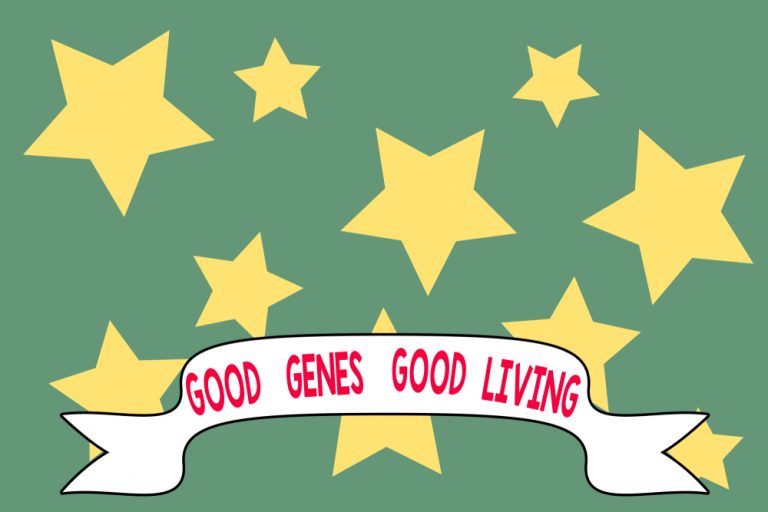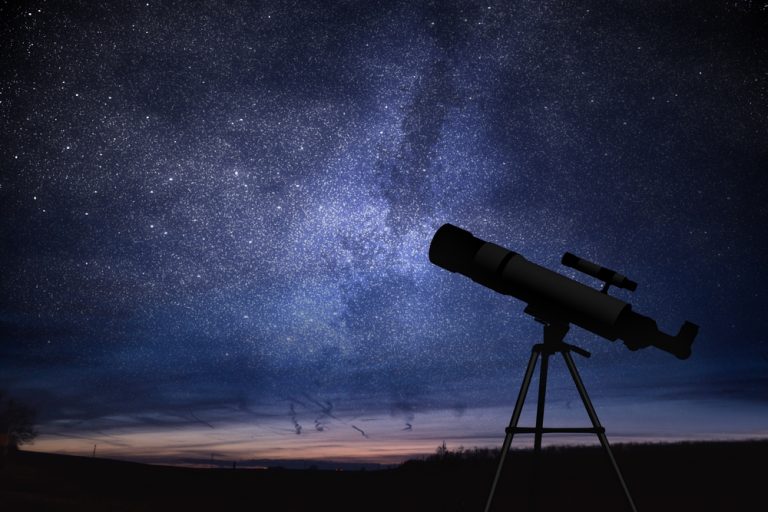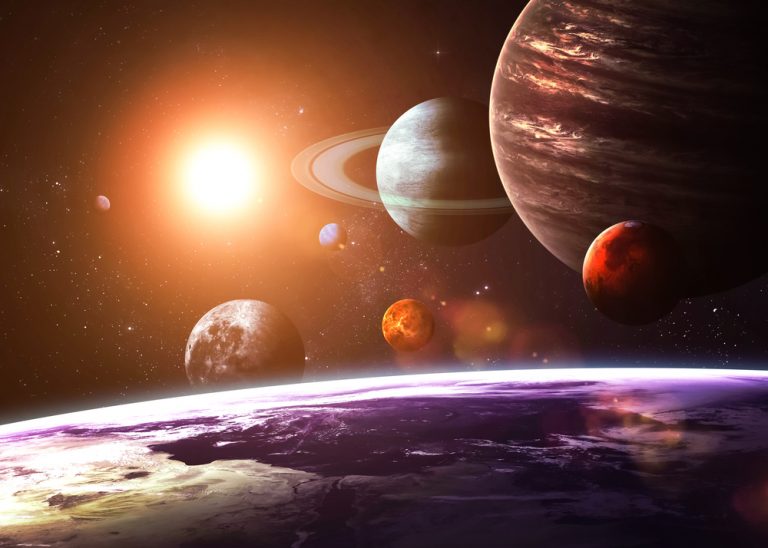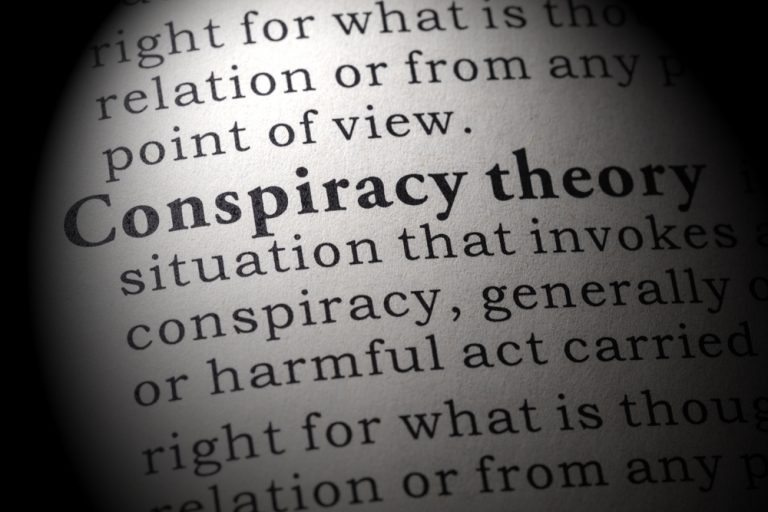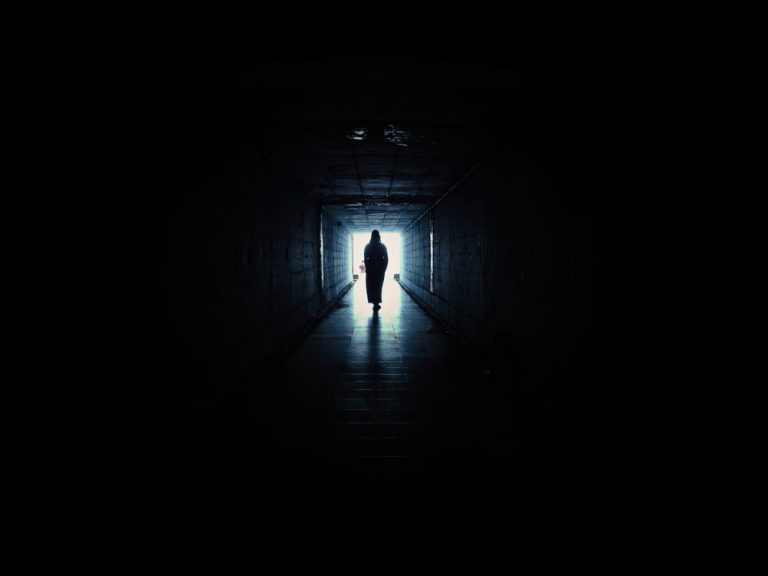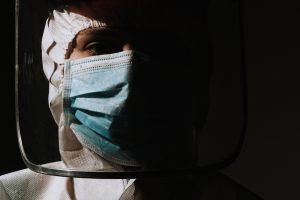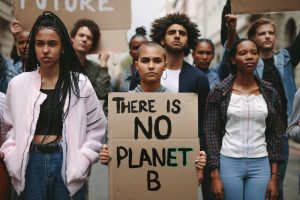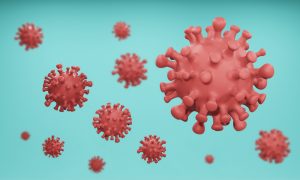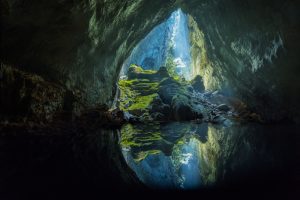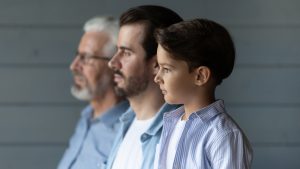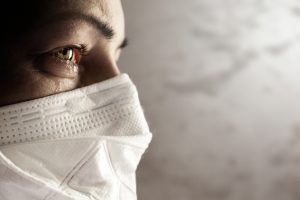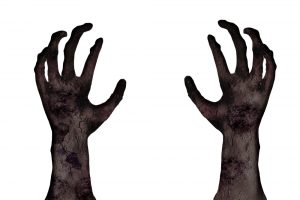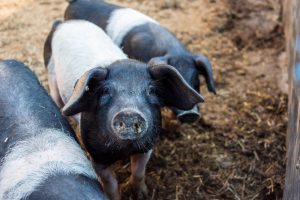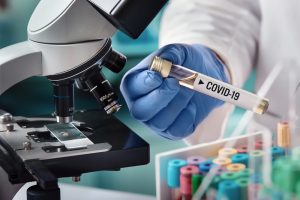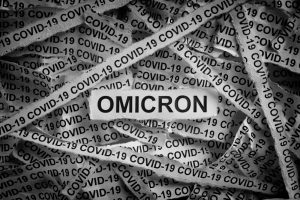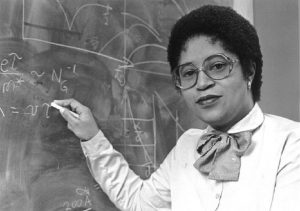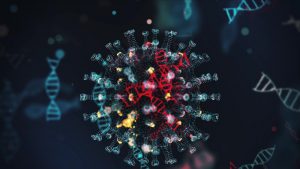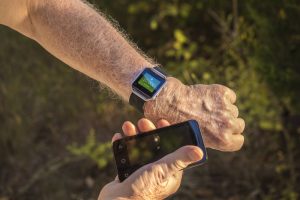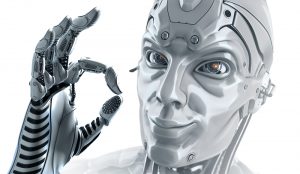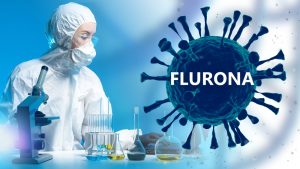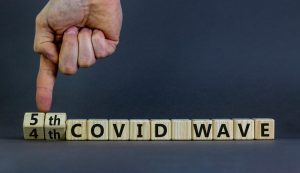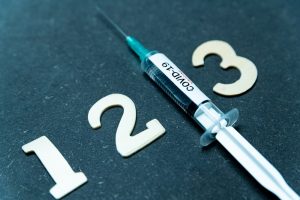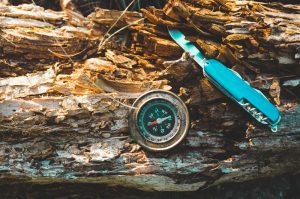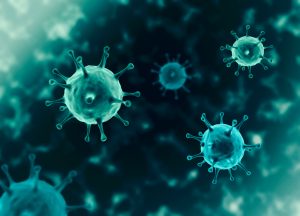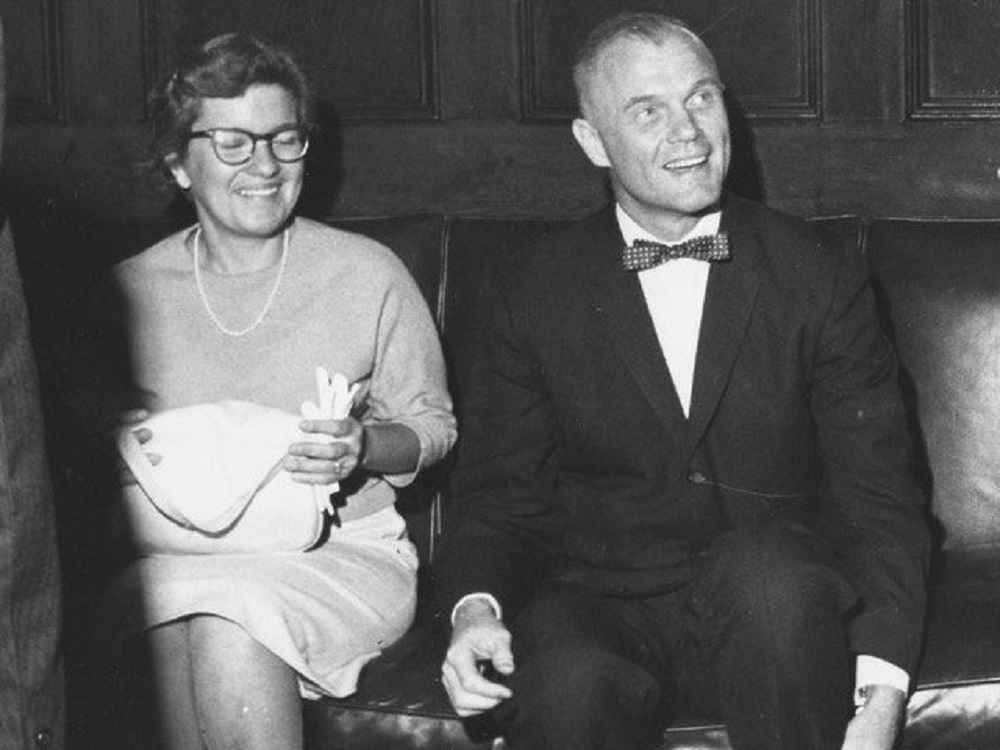
Vera Rubin, Astronomer
Vera Rubin, or also known as the woman who discovered dark matter, was born on July 23, 1928, in Philadelphia, Pennsylvania. She was born in a Jewish family that immigrated from Eastern Europe and had two younger sisters.
Rubin was just 10 years old when she started being interested in astronomy. She used to watch the stars in the night sky for hours, as she was “more interested in the question than in the answer.”
Even though many people advised her not to enter the scientific field, as not many women had the courage to do, she never listened. Rubin graduated the Phi Beta Kappa college and got her bachelor’s degree in astronomy, making her the only astronomy graduate in 1949. She struggled a lot for being a woman throughout her career, as she wasn’t allowed to enroll in an astronomy program at Princeton.
She refused an offer from Harvard and accepted one at Cornell University, where she got her master’s degree in 1951. She examined 109 galaxies during her graduate studies, wanting to discover how galaxies move apart from one another. Thanks to Rubin’s finding, we had early evidence of the supergalactic plane.
Even though most of her findings were controversial, she contributed to a lot of incredible discoveries. Throughout her career, Rubin had several academic positions, including an Instructor of Mathematics and Physics at Montgomery College, a research astronomer at Georgetown University, lecturer, and assistant professor of astronomy.
With the help of the McDonald Observatory’s 82-inch telescope, Rubin was able to observe how the galaxies rotate. Even though she was a woman in a world full of men, she always managed to make her presence seen. While she worked at the Palomar Observatory, she became the first female astronomer to ever work there, and there wasn’t even a woman restroom for her to use, so she created her own.
She also discovered dark matter’s existence in the universe, which lead to her receiving the National Medal of Science in 1993 by President Clinton. She continued her work until she died in 2016.
Make sure to also check: 7 Extinction Level Events That Could Easily End Us.

